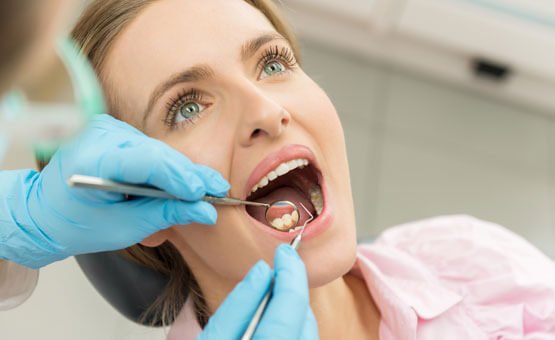Benefits of Transition Lenses You Need to Know
There are many benefits if you are considering a pair of transition lenses. They protect your eyes from UV rays, reduce glare and light sensitivity, and help prevent eye fatigue.
When exposed to sunshine, transition lenses naturally darken, protecting your eyes from potentially harmful UV radiation. The speed at which they adjust varies depending on the temperature; darkening in cold weather may take longer.
Convenience
Transition lenses are an excellent option for people who want the convenience of a pair of glasses that serve multiple purposes. They start crystal-clear, and then when exposed to UV rays, they darken into tinted shades. A little sun results in a light tint, while complete, direct sunlight darkens them fully. They then fade back to clear when no longer exposed to UV rays.
It means you can get away with just one pair of eyeglasses for day-to-day use and a pair of sunglasses when you need to be outdoors or near a bright light source. It can save you time and money by allowing you to avoid switching between the two different pairs of glasses throughout your day.
Depending on the type of lens you have, it may take a few minutes for your lenses to darken when you’re outdoors. However, there are a few ways you can speed up the process. Using a UV flashlight or lamp can help your lenses darken faster. Also, newer lenses like Transitions Signature GEN 8 are more responsive than previous versions of the lens, darkening more quickly and clearing up even faster.
UV Protection
There are several benefits to having transition lenses. Most importantly, they help protect your eyes from harmful UV rays. It is essential because constant exposure to UV rays can cause cataracts, pterygium, and other eye conditions. Transition lenses automatically darken when you’re outside and lighten again when indoors, protecting your eyes from the damaging effects of UV rays.
The tint with transition lenses also reduces the glare and light sensitivity you experience outdoors. That can make engaging in outdoor activities more manageable and comfortable, especially when you spend a long time outside or need to be outdoors for work.
However, one downside of transition lenses is that they don’t activate when worn inside vehicles, where the windshield blocks UV rays. It means that you’ll have to wear sunglasses if you want your lenses to darken when driving. Alternatively, you can use a UV lamp to trigger the lens’s change, but this option may be impractical for some people.
Blue Light Blocking
A great feature of transition lenses is blocking harmful blue light emitted from unnatural sources such as digital screens and LED lights. This type of light has been shown to cause eye strain and disrupt the sleep cycle, so having this extra layer of protection is a great benefit.
One of the ways that you can activate your transition lenses is to go outside on a sunny day. It is because they respond to UV light. If you are worried about this, other options, such as UV flashlight, will work similarly.
You can also use a filter designed to be placed on the lens, preventing it from reacting to UV rays and darkening. It is a simple, easy way to protect your eyes from UV rays and prevent unwanted changes in vision that you might not want. It is significant for children as they tend to be exposed to more UV rays than adults. They require all the assistance they can receive to lower their chance of developing age-related macular degeneration and cataracts.
Comfort
A great benefit of transition lenses is that they eliminate the need for a separate pair of eyeglasses and sunglasses. It makes them more convenient to wear and can also help save you money in the long run, as you’ll be less likely to misplace or break one of the two pairs.
In addition to convenience, transition lenses offer many other benefits that can make your life and eyesight even more comfortable. For example, the tint added to these lenses helps reduce glare and light sensitivity. It can be conducive on bright, sunny days when squinting can easily lead to eye strain and discomfort.
Thanks to photochromic molecules embedded in the lens material, transition lenses can darken and fade when exposed to UV light. It means that the lenses will automatically begin to darken when you go outside and then clear back to their original state when you return indoors. However, the performance of these lenses can be affected by temperature and how much sun is present.
Safety
Transition lenses are great for people who often go back and forth indoors and outdoors during the day. They darken automatically to protect your eyes from UV rays indoors and fade back to clear when you are outside in direct sunlight or shade.
These lenses are also great for children as their crystalline lens isn’t fully developed yet, and they can get more UV exposure than adults. It is crucial to protect their eyes from harmful UV rays to preserve their eye health in the future and prevent conditions such as photokeratitis.
Unlike in the past, when transition lenses had a single tint and slow change over time, they now come in various colors, including gray, brown, green, graphite, amber, sapphire, and emerald. In addition, they are available in bifocal, varifocal, and multifocal options. They are even available in a unique mirror color option, which makes your lenses reflect less light.







